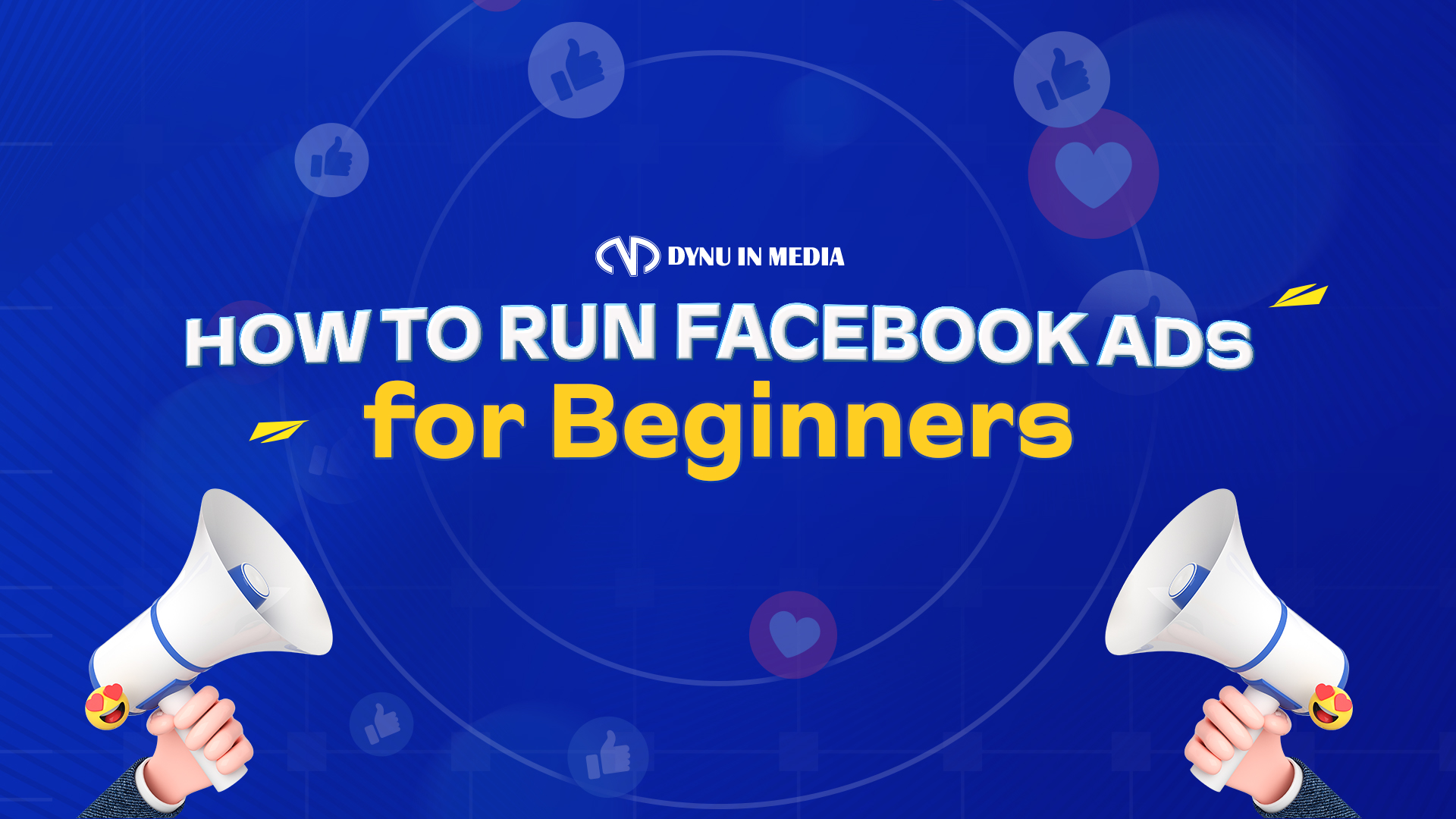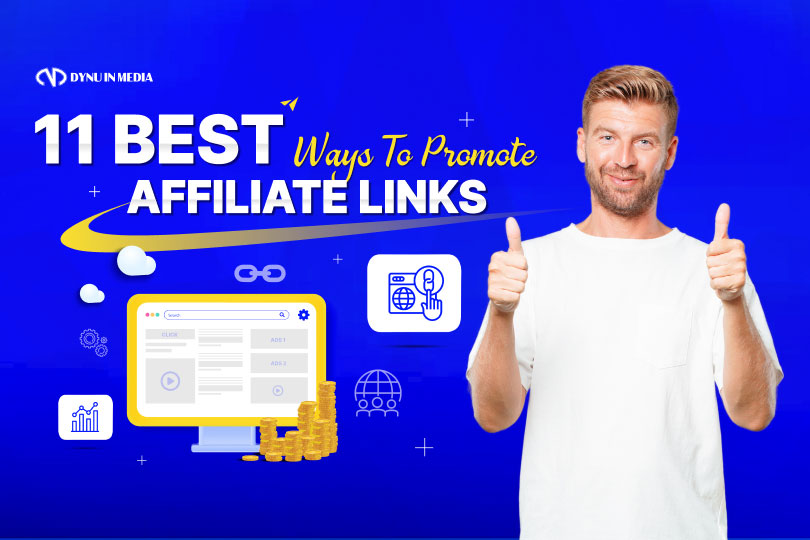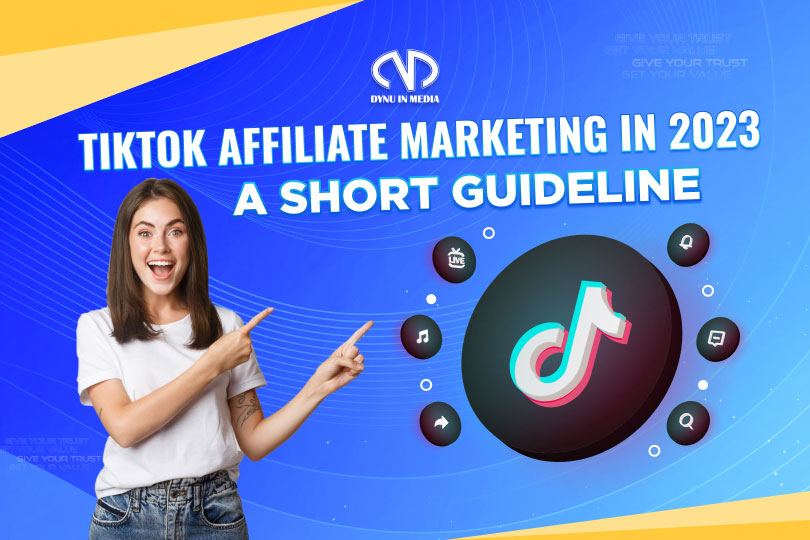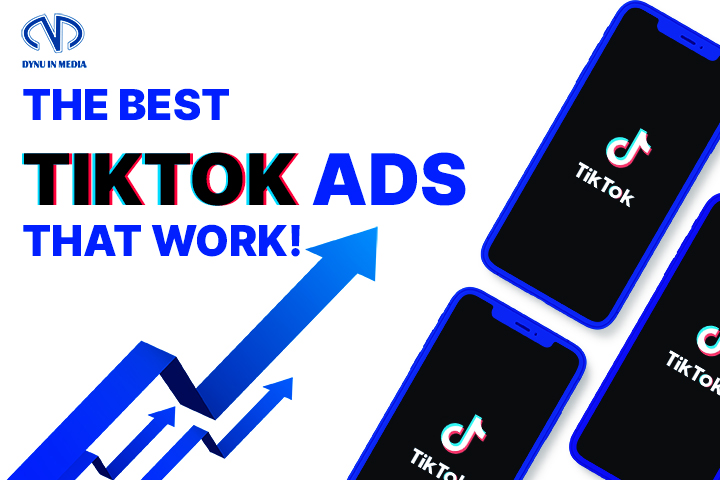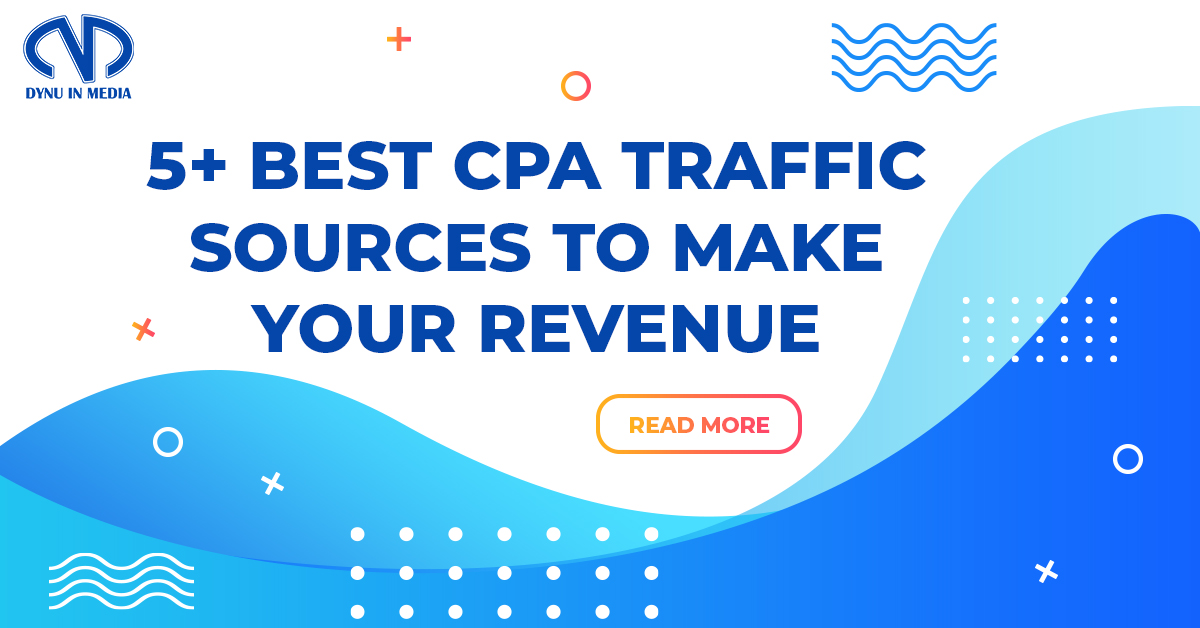What Is Cost Per Lead & How To Calculate?
As known, marketing and advertising campaigns play an important role in seeking new customers for your business, but how do you know if these campaigns are working effectively?
Luckily, we have an easy yet robust way to measure your campaigns’ cost-effectiveness, cost per Lead (CPL).

Let’s dive deeply into CPL, from what it is to how to reduce it. Once start to track cost per lead, you can create more compelling marketing campaigns and gain more leads for less money. Keep reading this post with Dynu in Media!
What is the Cost per Lead?
First, let’s know the definition of Cost per Lead (CPL).
Cost per lead is one form of performance-based advertising where the advertiser pays a pre-built price for every lead created. Typically, cost per Lead is used by businesses that sell high-value products or subscription services.
How to Calculate Cost per Lead
Calculating cost per Lead is very easy. Simply divide the quantity of money you spend on a campaign during a set period by the figure for leads gained.
Here is the cost per lead formula:
CPL (Cost per Lead) = Total Ad SpendTotal Attributed Leads
- Total Ad Spend: The quantity of money used on a set of ads.
- Lead: A potential customer.
- Total Attributed Leads: The number of times a lead was collected and attributed to an ad (by the clients server).
For instance, if you obtained 100 leads through a Google Ads campaign worth $1000, the CPL would be $10 for that campaign.
Remember to calculate separate CPL metrics for various campaign platforms. Calculating the CPL for all your marketing efforts via social media, search engines, and email would have limited usefulness. If the CPL was higher than the criteria for your industry, you would not know which platform’s campaign needed modification. Therefore, it’s vital to know where your leads come from.
7 Ways to Reduce Cost per Lead
You know how to calculate cost per lead; now, let’s explore 7 ways to decrease cost per lead.

A/B test ads
The first one is using A/B test ads. A/B testing is a method to compare two versions to determine which performs better. You can experiment with some Facebook customers and advertisement replacements to know the perfect audience and placements they can be reached with.
Note: When you use A/B testing, changing one factor with each test is good. Alter the title of an advertisement during one test and, after that, the picture during another. By minimizing the figure for factors at play, make sure what your audience likes.
Check performance by time, device, or location
As you know, some variables about your audience influence your CPLs. Let’s look at your ads manager and compare how your campaigns perform by:
- Device – Do leads tend to be on mobile or desktop?
- Time of day – When are most leads gained?
- Location – Where are the most leads situated?
However, there are not only elements that might drive up your CPLs. You need to analyze trends through your audience and alter campaigns to focus on demographics, devices, and times that are executing well.
Lower keyword bids
Some keywords are converting but with a high CPL? You need to consider bringing the bid down. Lower bids may decrease your search engine campaign’s average position; however, it also gives you longer display on outcomes pages and more clicks.
If you don’t want to constantly alter your bids by hand, use “Automated Bidding” from Google. This tool will help you hit your goals without lots of extra labor. Some types of automated bidding strategies contain one to maximize conversions. With maximized conversions, Google’s AI tries to gain the most conversions for your campaign in your budget.
Optimize your page loading speed
Next, you need to remember the last time you followed an advertisement link like “How much time did you wait for a link to load?”, “Would you wait for 5 or 10 seconds?”. The more audiences have to wait, the more potential deals businesses lose. Thus, it’s vital to always check your page loading time and improve it as needed.
Personalize your campaigns
One of the reasons you aren’t gaining more leads for your money is that your landing page and advertisement don’t match. Message matching is when the expectation put by the ad is suitable on the landing page.
For instance, Zoho stands in the top spot with an advertisement about CRM. The phrase “best CRM” is repeated in the title of Zoho’s ad and its page header. Moreover, the page’s fold shows a call to action and a place to submit information. From start to finish, potential audiences know what to expect from Zoho.
Retarget site visitors based on behavior
So how do retarget audiences based on behavior? Here are the two ways to do it:
- Use another round of advertisements.
- Based on the particular actions customers took on your sites.
Initially, you start analyzing the behavior of leads that have already converted. Search certain trends, such as visiting a specific page or taking a particular action before making the sale. It may be that audiences show the same behavior before purchasing from you.
Once identify particular behaviors, you can create retargeting campaign depending on those behaviors. For example, if a high percentage of prospects converted into customers after seeing the pricing page for more than a minute, you should retarget future prospects.
This strategy can be used for most behaviors if they only visited your homepage for a few seconds or watched a full demo video.
Rethink your keywords
Sometimes, you go into your ads manager, if it’s for Google or another platform, and analyze how well your selected keywords are performing.
Remove the ones that are not driving leads and take time to optimize the ones that are. Don’t worry if these keywords you cleared are highly searched. If they don’t bring prospects to your company, they will waste on your advertisement spend.
Besides, you can focus on more long-tail keywords to better your keyword performance. Long-tail keywords are less searched and more specific than broad keywords; however, the customers are likely to be more willing and motivated to convert.
Why do Businesses Use CPL Campaigns?

Generally, CPL campaigns are preferred for branding campaigns as a business can control its brand throughout the marketing process, in contrast to channels where another entity can misconstrue a company’s messaging.
CPL campaigns take advantage of a sophisticated and large B2B distribution network. So, instead of meeting with visitors who pass your booth at an event, your company’s message is sent to many online publications across various channels and platforms.
Dynu in Media really hopes you understand clearly the cost per lead definition and how to calculate it. If you know another method to decrease cost per lead, let’s drop a comment below. We are curious to find out how you do with cost per lead and are willing to answer your questions. We wish you will succeed in the future.
